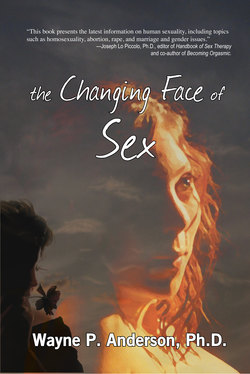Читать книгу The Changing Face of Sex - Wayne P. Anderson PhD - Страница 34
На сайте Литреса книга снята с продажи.
Movies, books and censorship
ОглавлениеThe Association of Motion Picture Producers, Inc. (MPAA) in 1930 adopted the Hays rules of censorship that are quite long and forbid practically anything that has to do with sex.The rules or code had to be obeyed if a picture was to receive the office’s “seal of approval.”No showing of bare breasts, the inside of a woman’s thigh or a couple in bed together—one of them had to have two feet on the floor. Even words like “damn” or “hell” could not be used.
Previous to the 1950s censors had had considerable oversight as to what the public read and viewed, but in the ’50s censorship began to break down, introducing many people to models of behavior they would never have imagined under the old rules.
In Roth vs. United States in 1957 the Supreme Court ruled that sexually explicit content is protected by the First Amendment unless it lacks “redeeming social importance.” The ruling indicated that anything could be printed or sold unless it was utterly without redeeming social value, and in 1959 books previously considered obscene such as Lady Chatterley’s Lover and Naked Lunch became available to the public.
A best selling notable book of 1962 was Helen Gurley Brown’s Sex and the Single Girl, a book of advice for women on becoming sexually experienced before marriage. The book sold two million copies in its first three weeks, an indication that there was an audience for this kind of advice.
Finally in 1968, MPAA in a reaction to court rulings, introduced a voluntary system of rating based on the viewer’s age. The original ratings were G for General Audiences, M for Mature Audiences, R for 16 and above and X for under 16 not admitted.
